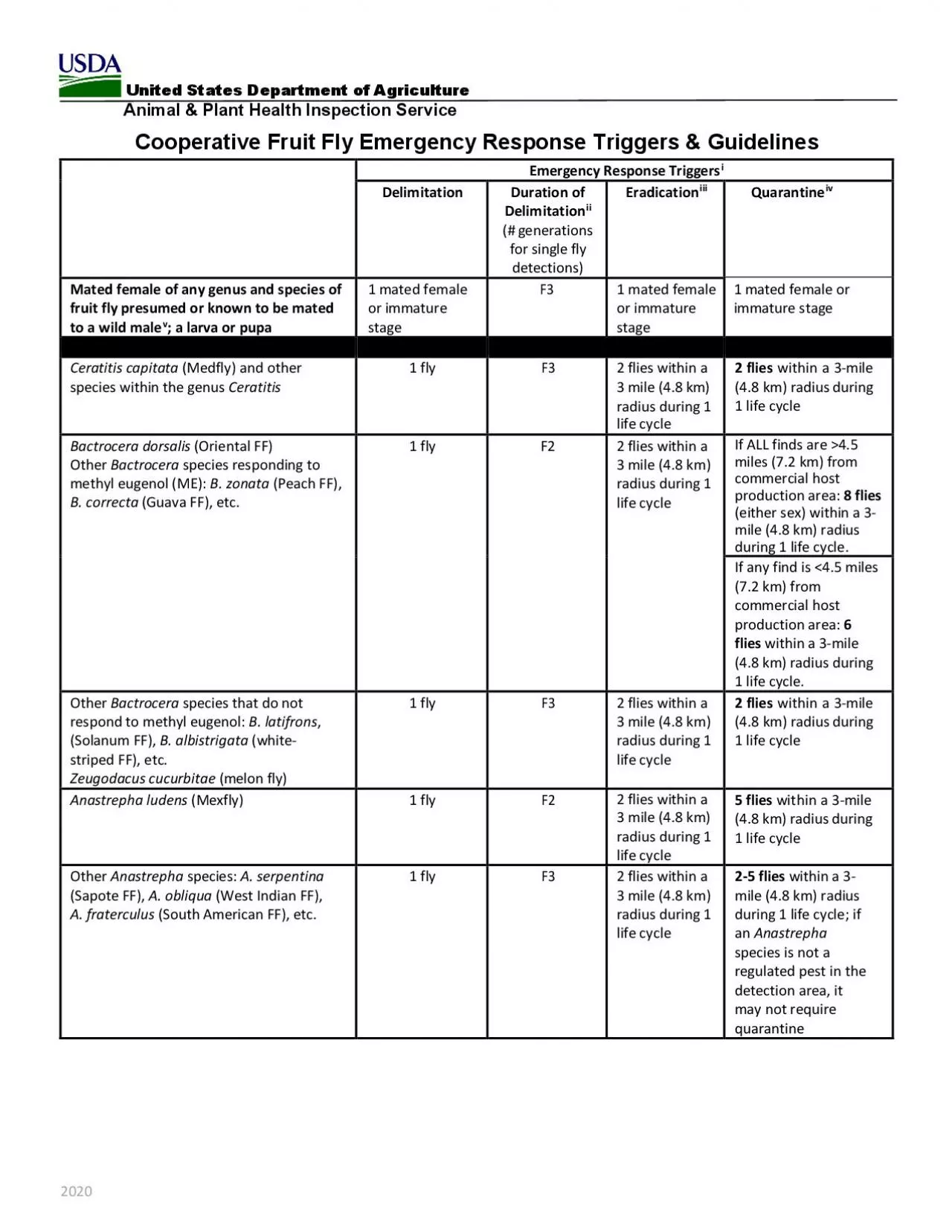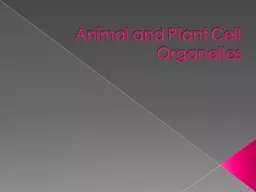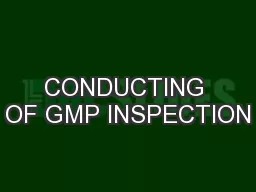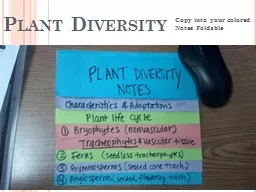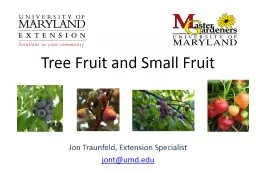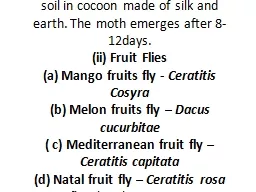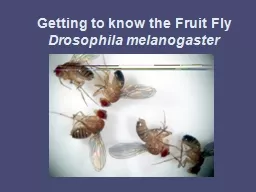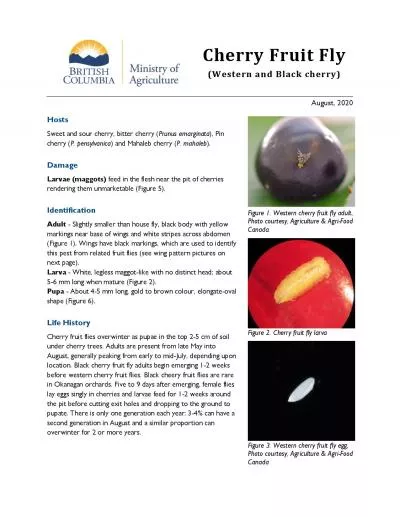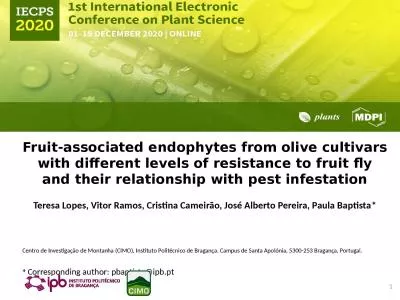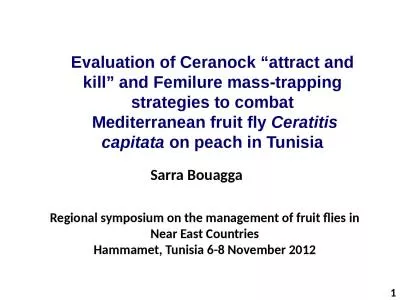PDF-Animal Plant Health Inspection ServiceCooperative Fruit Fly Emergenc
Author : fanny | Published Date : 2022-09-23
2020 Emergency Response Triggers i Delimitation Duration of Delimitation ii generations for singlefly detections Eradication iii iv Mated female of any genus and
Presentation Embed Code
Download Presentation
Download Presentation The PPT/PDF document "Animal Plant Health Inspection ServiceC..." is the property of its rightful owner. Permission is granted to download and print the materials on this website for personal, non-commercial use only, and to display it on your personal computer provided you do not modify the materials and that you retain all copyright notices contained in the materials. By downloading content from our website, you accept the terms of this agreement.
Animal Plant Health Inspection ServiceCooperative Fruit Fly Emergenc: Transcript
Download Rules Of Document
"Animal Plant Health Inspection ServiceCooperative Fruit Fly Emergenc"The content belongs to its owner. You may download and print it for personal use, without modification, and keep all copyright notices. By downloading, you agree to these terms.
Related Documents

